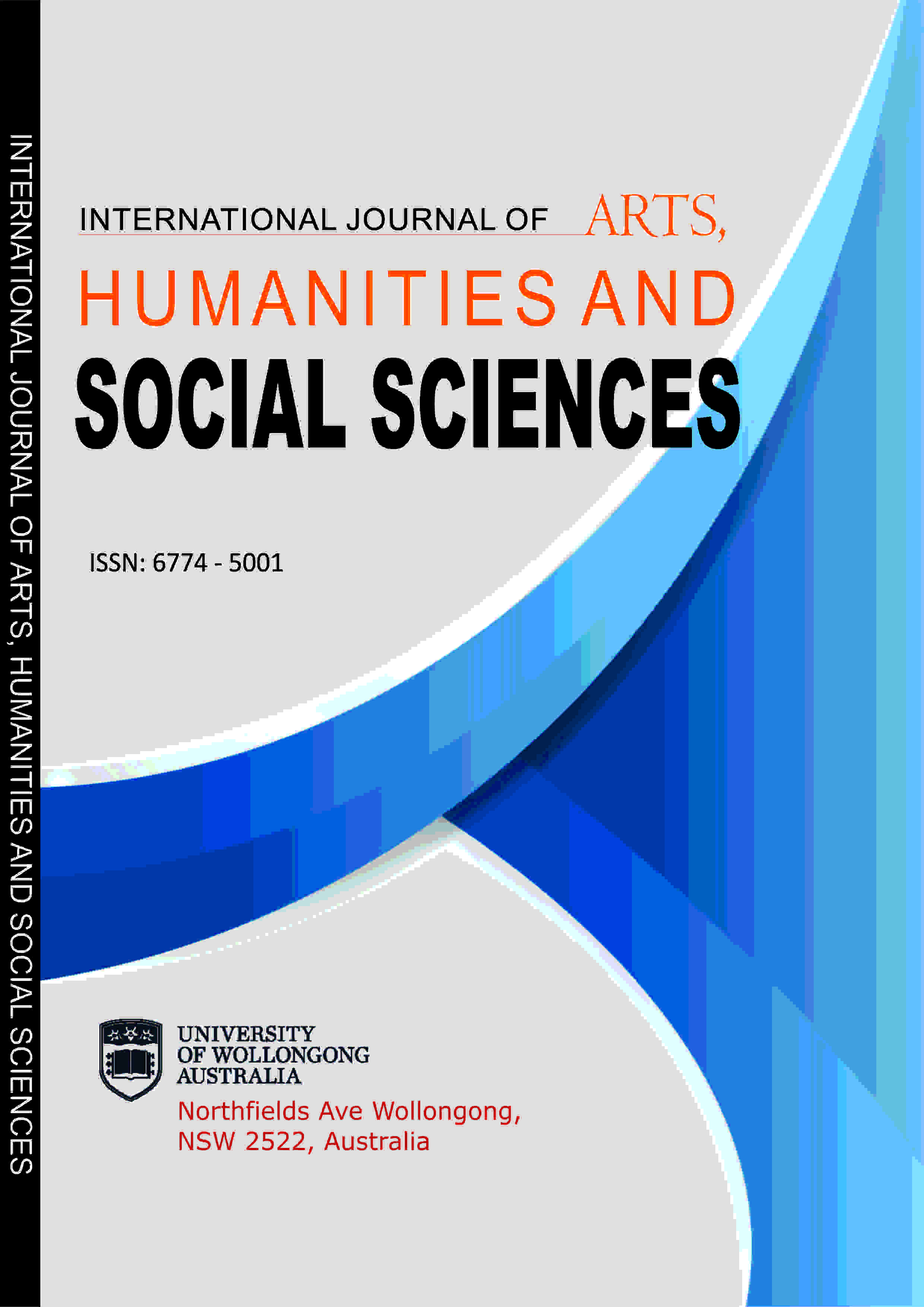INTERNATIONAL JOURNAL OF ARTS, HUMANITIES AND SOCIAL SCIENCES (IJAHSS)
AN EXPLORATION OF STYLISTIC FEATURES IN CHIMAMANDA ADICHIE'S PURPLE HIBISCUS
E-ISSN: 2579-048X
P-ISSN: 6774-5001
DOI: https://iigdpublishers.com/article/602
This study offers a stylistic analysis of Chimamanda Ngozi Adichie’s Purple Hibiscus, emphasising the interplay between language, style, and thematic expression in the novel. Purple Hibiscus is a profound narrative that explores themes of family dysfunction, religious extremism, colonial legacies, and the journey toward self-discovery. All of these are intricately woven through Adichie’s stylistic choices. This analysis examines Adichie’s use of language, imagery, symbolism, and narrative techniques to highlight the novel’s central concerns. Adichie’s language is characterised by its evocative simplicity and cultural specificity, blending Standard English with Nigerian Pidgin and Igbo phrases. This linguistic hybridity not only enriches the narrative's cultural authenticity but also mirrors the complex identity struggles faced by the characters presented in the novel. Her use of descriptive imagery immerses readers in the oppressive atmosphere of Eugene Achike’s authoritarian household while simultaneously highlighting moments of liberation and hope. The study further explores how Adichie employs symbolism—such as the titular purple hibiscus, which signifies freedom and resilience—to encapsulate the protagonists' psychological transformation. The narrative perspective, delivered through the first-person voice of Kambili Achike, is another focal point of this analysis. Kambili’s introspective and fragmented narration reflects her psychological turmoil, gradually evolving as she gains agency. This stylistic shift underscores the novel’s overarching theme of self-discovery. Additionally, the study delves into the structural organisation of the novel, which juxtaposes the rigidity of patriarchal and religious oppression with moments of subversive rebellion. By analysing these stylistic elements, this paper illuminates how Adichie’s artistic choices enhance the narrative’s emotional resonance and thematic depth. This analysis underscores Purple Hibiscus as a seminal work of postcolonial African literature, showcasing Adichie’s mastery in intertwining form and content to produce a compelling literary experience.
Obiora Anthony Eke PhD & Stephen Uchenna Eneh
Adichie, C. N. (2003). Purple Hibiscus. United Kingdom: Algonquin Books.
Bamgbose, A. (1995). English in the Nigerian Environment. In A. Bamgbose, A. Banjo, & A. Thomas (Eds.), New Englishes: A West African Perspective. Ibadan: Mosuro Publishers.
Figueroa, D. G., Hindmarsh, M., Lizarraga, J., & Urrestilla, J. (2020). Irreducible Background of Gravitational Waves from a Cosmic Defect Network: Update and Comparison of Numerical Techniques. Physical Review D. https://arxiv.org/pdf/2007.03337.
Geva-May, I., Hoffman, D. C., & Muhleisen, J. (2020). Twenty Years of Comparative Policy Analysis: A Survey of the Field and a Discussion of Topics and Methods. In Theory and Methods in Comparative Policy Analysis Studies. https://api.taylorfrancis.com/content/chapters/edit/download?identifierName=doi&identifi erValue=10.4324/9780429441639-6&type=chapterpdf, 81-98.
Gu, X., Fan, Z., & Bao, H. (2021). Thermal Conductivity Prediction by Atomistic Simulation Methods: Recent Advances and Detailed Comparison. Journal of Applied Physics. https://pubs.aip.org/aip/jap/article/130/21/210902/1063591 J. Appl. Phys. 130, 210902 (2021).
